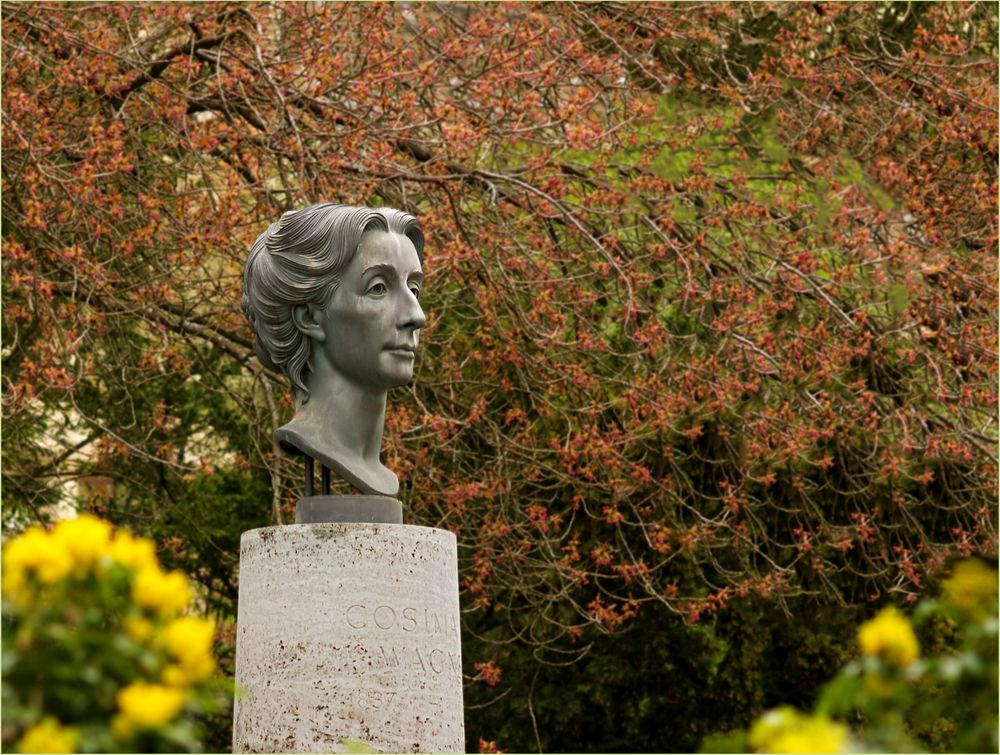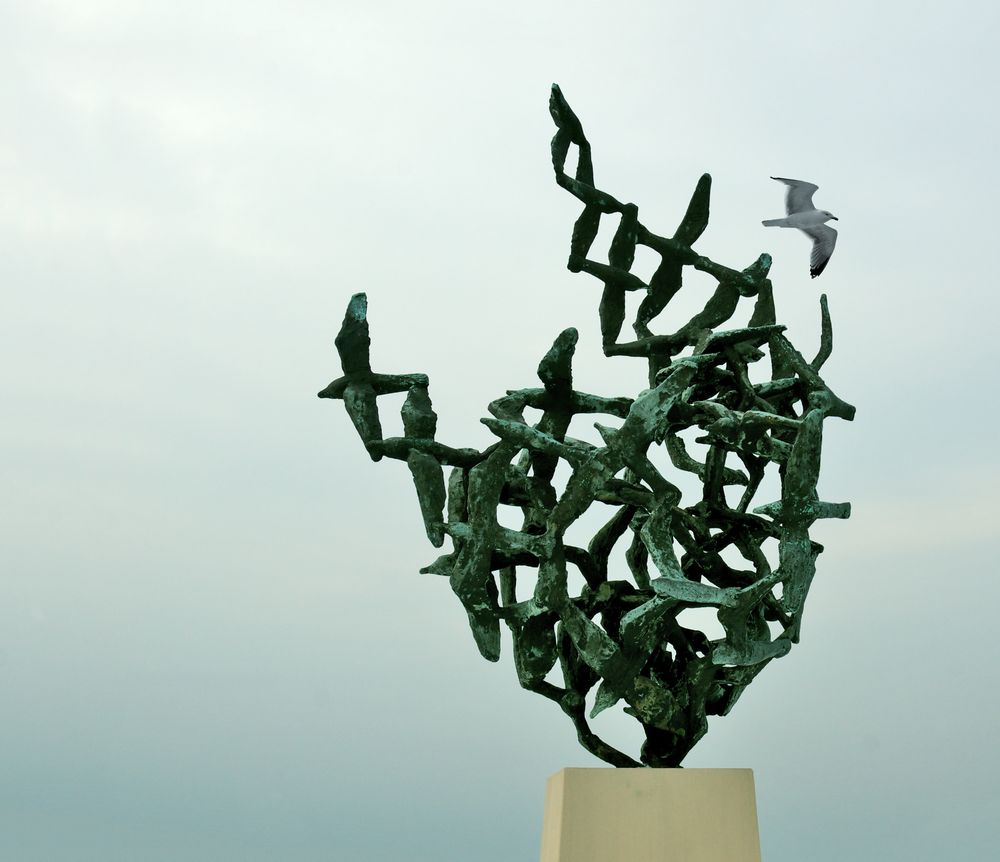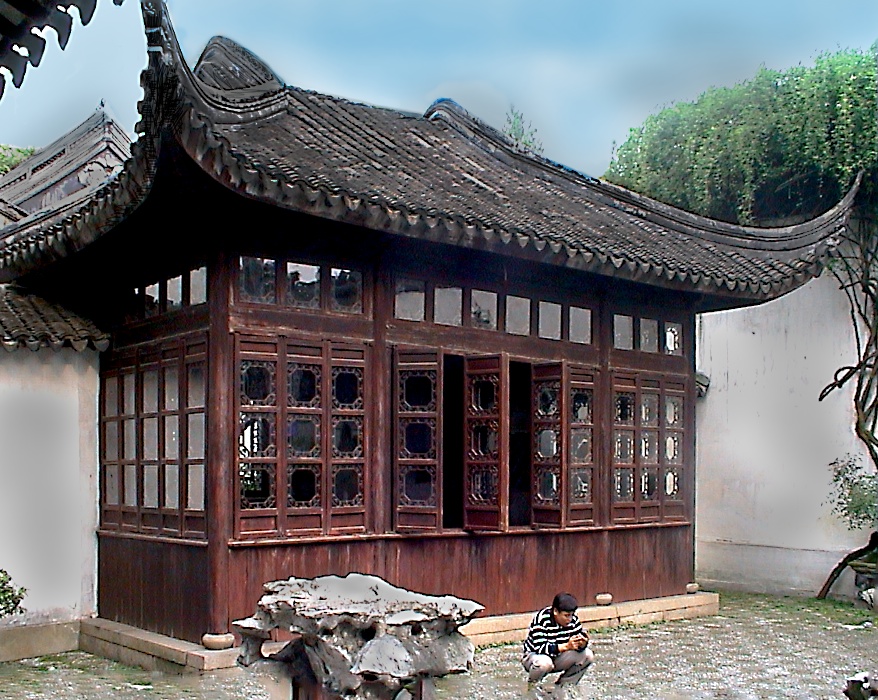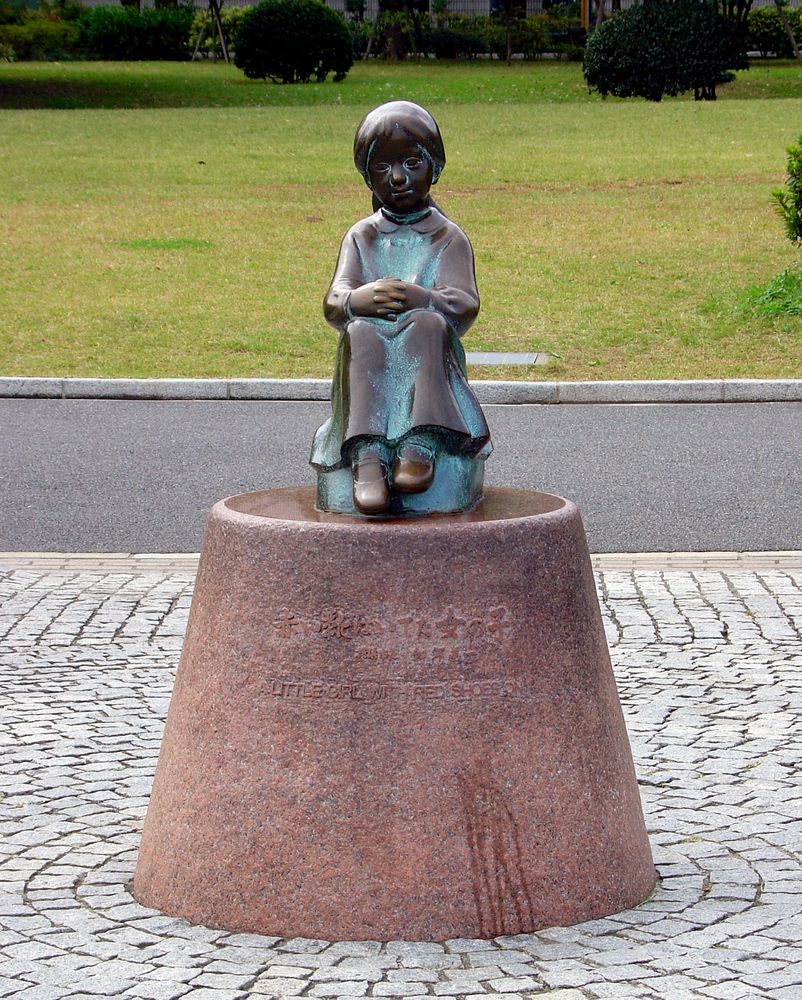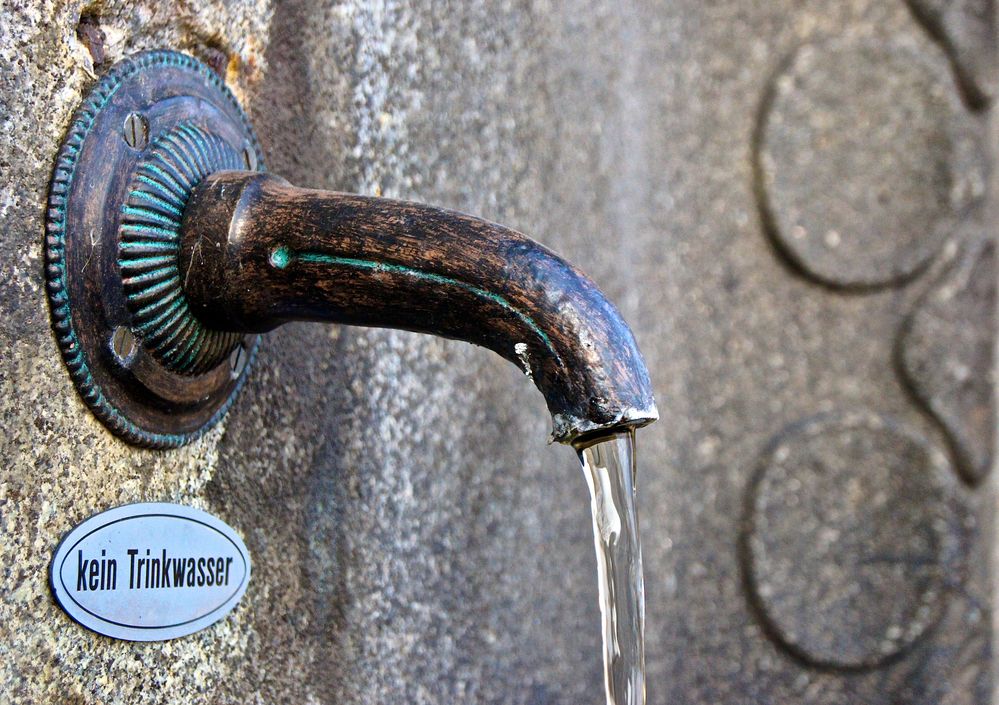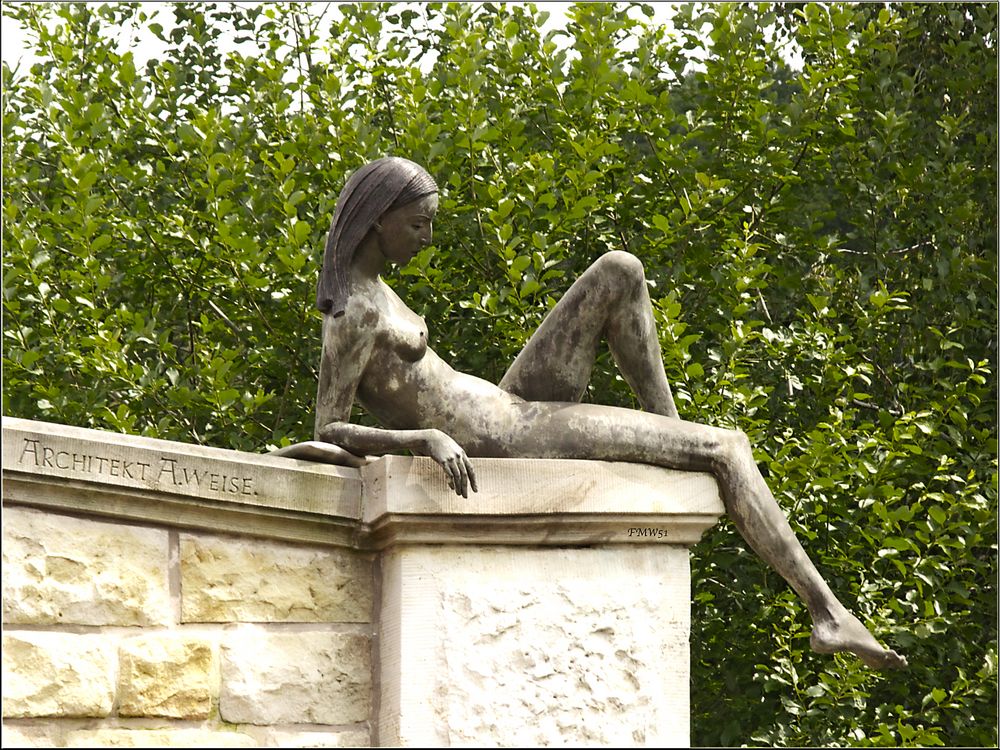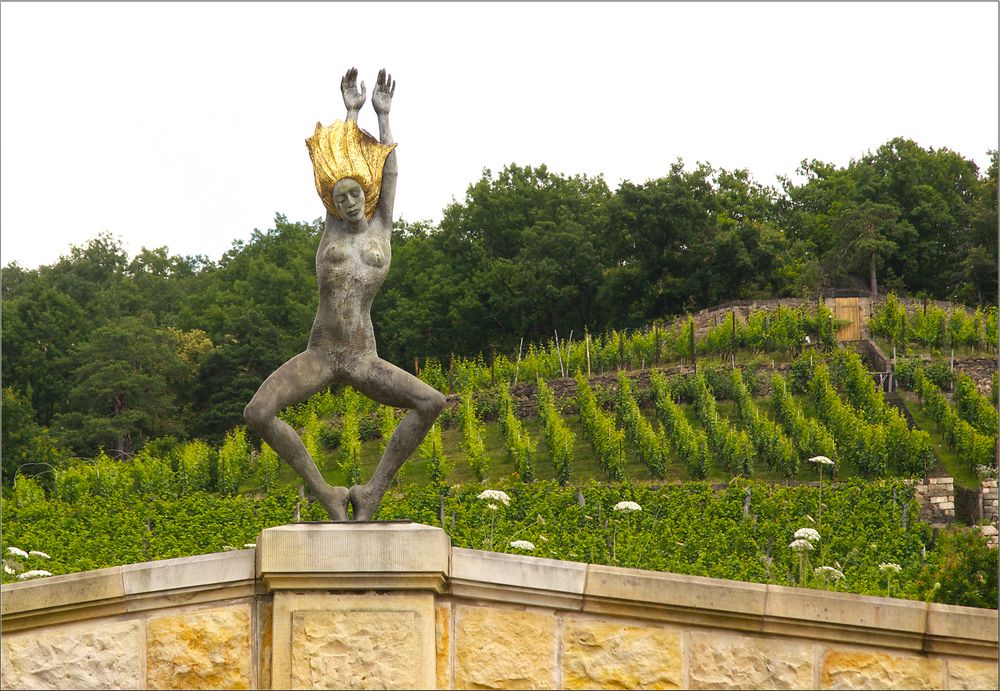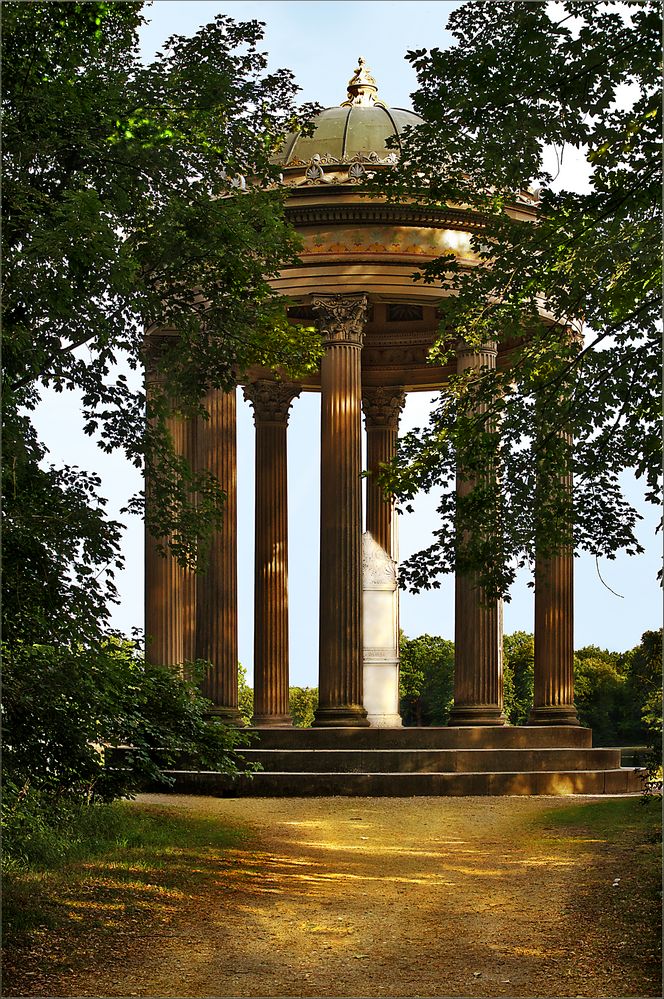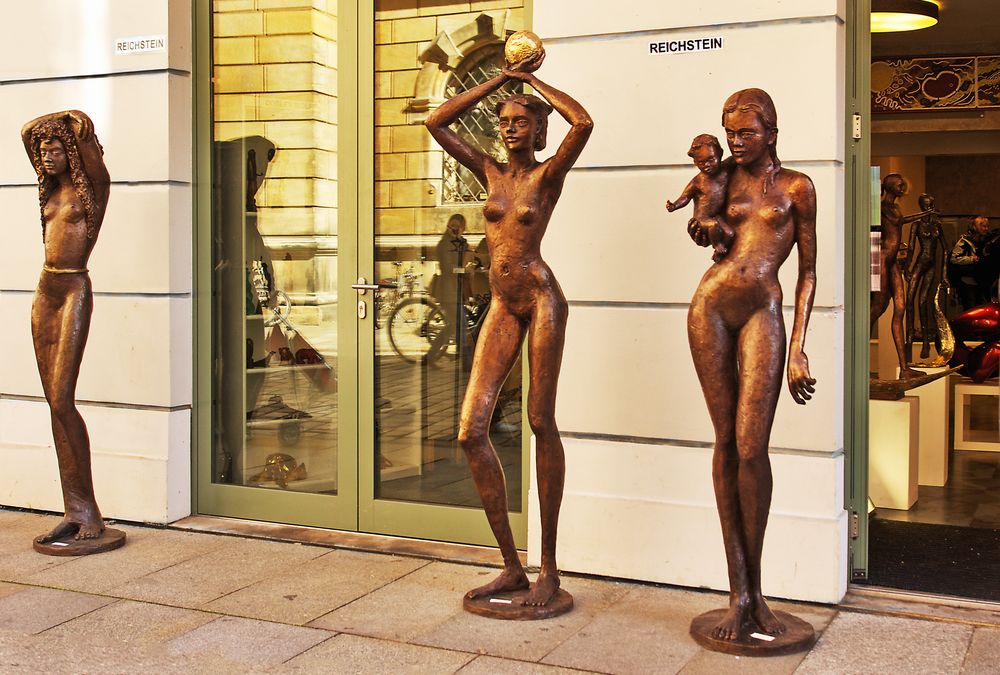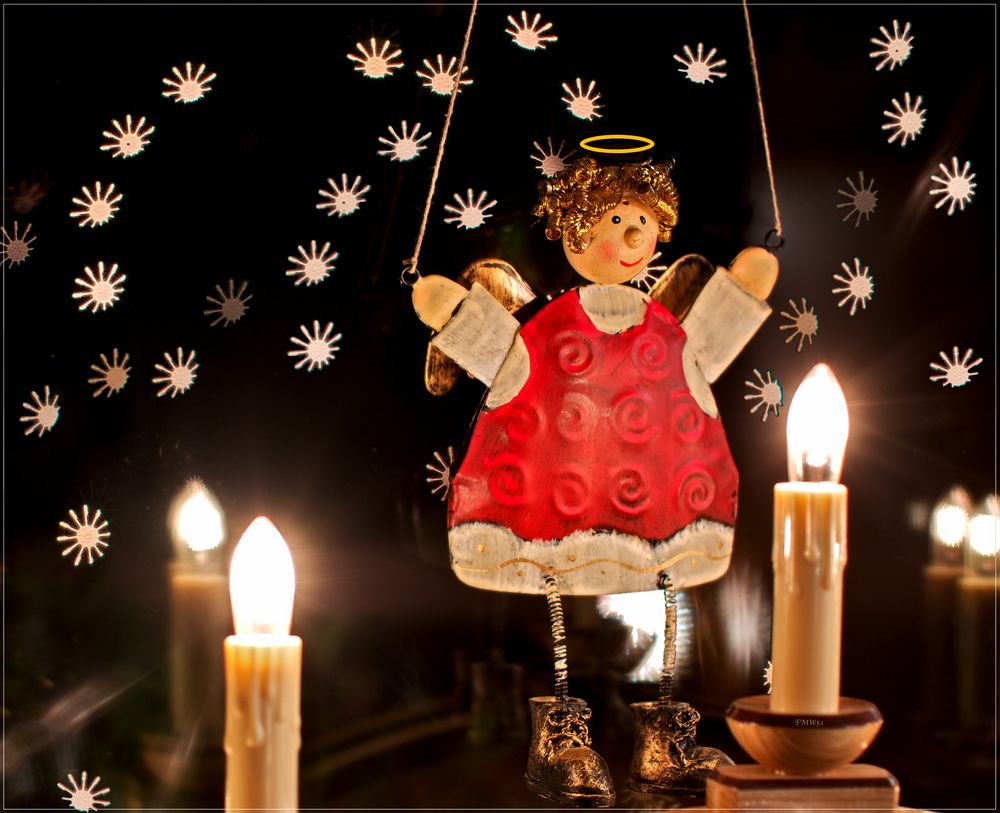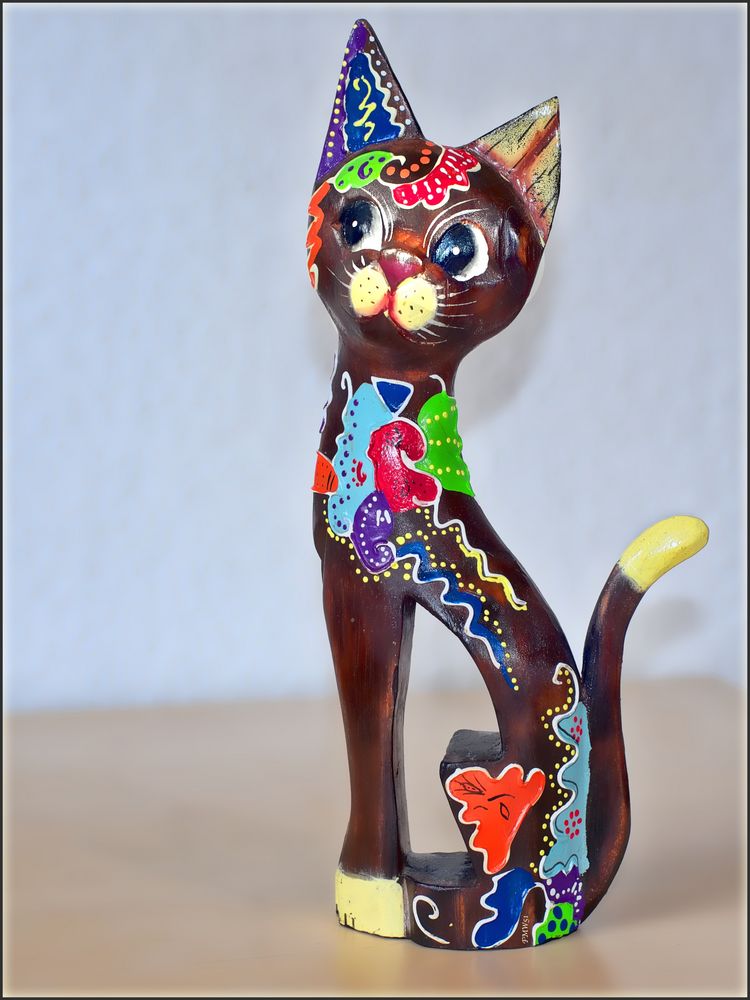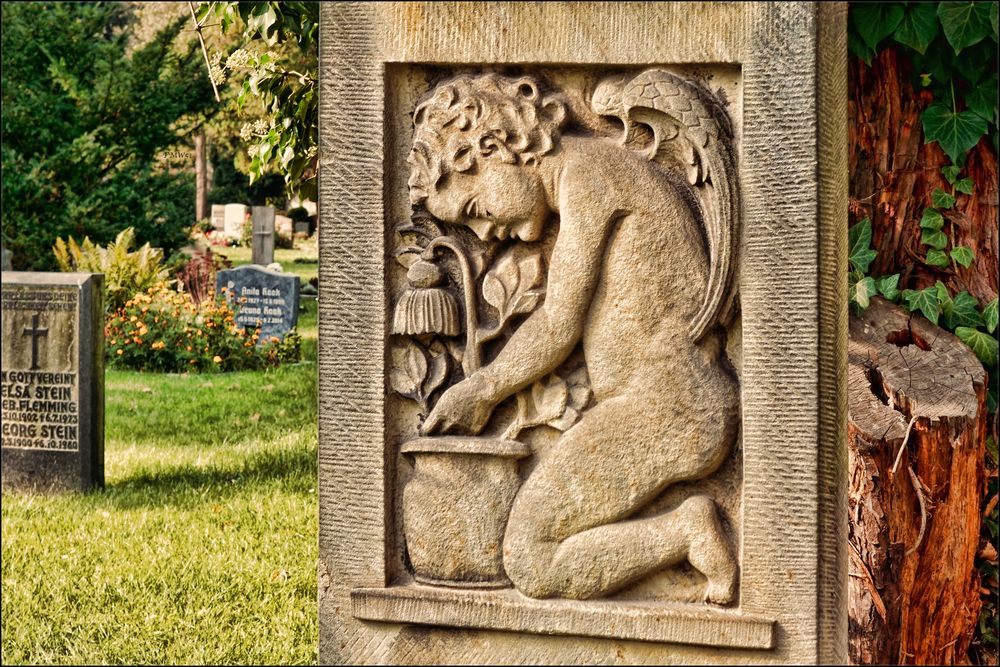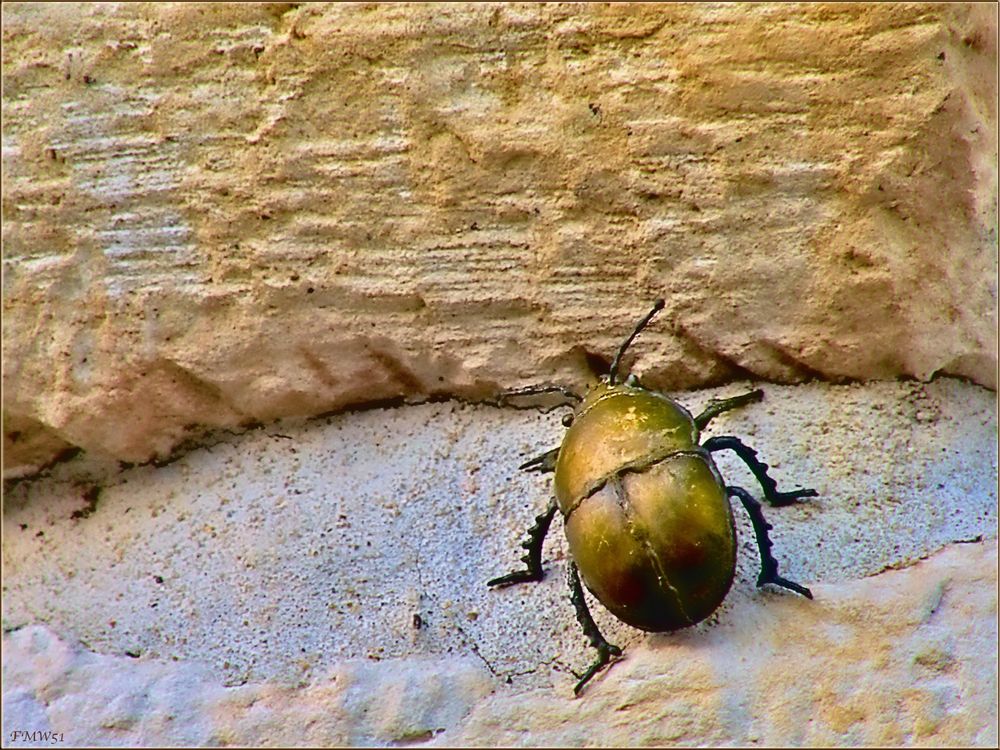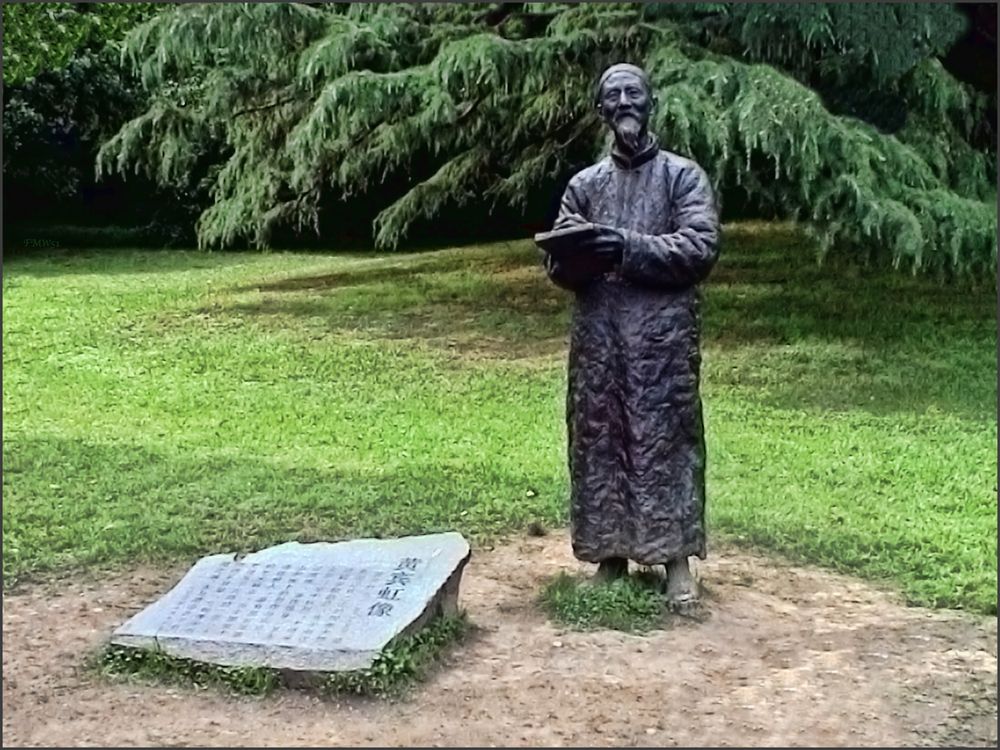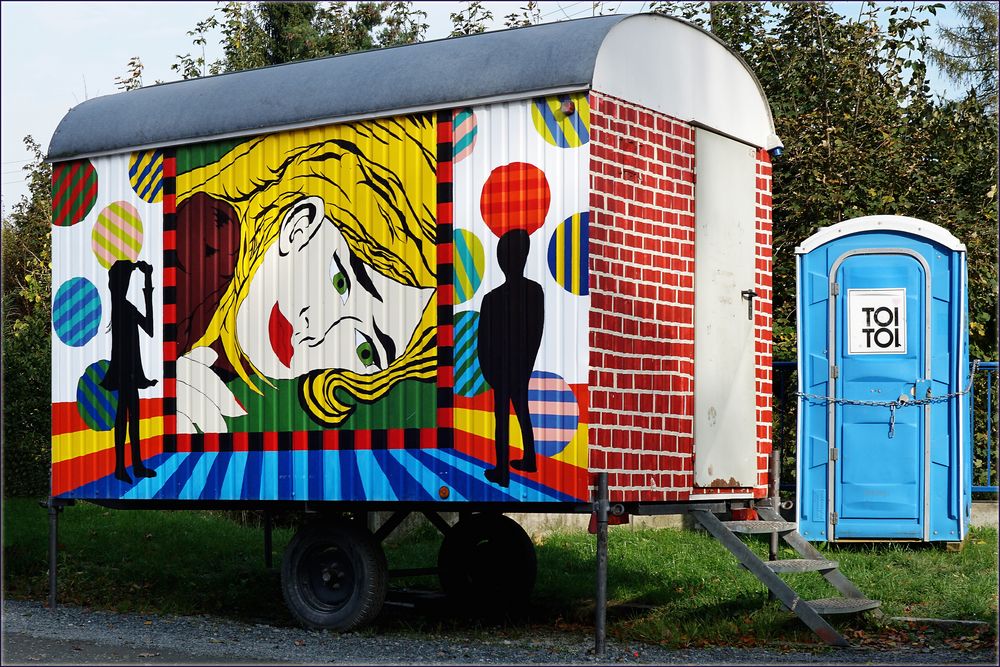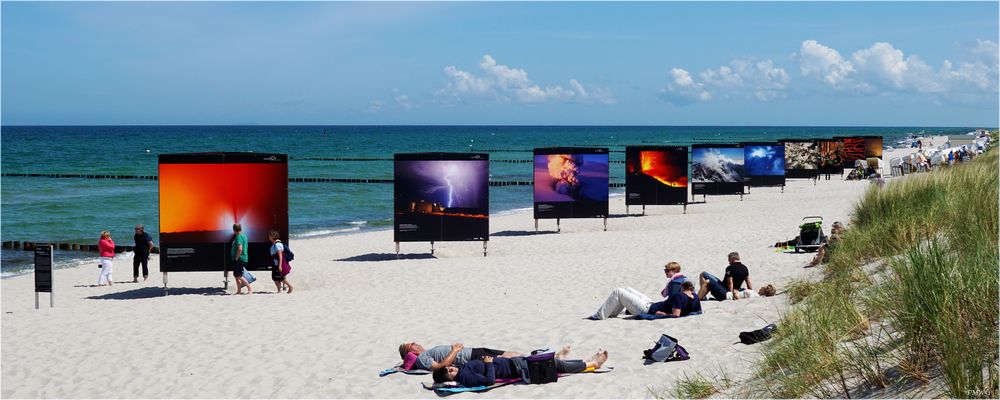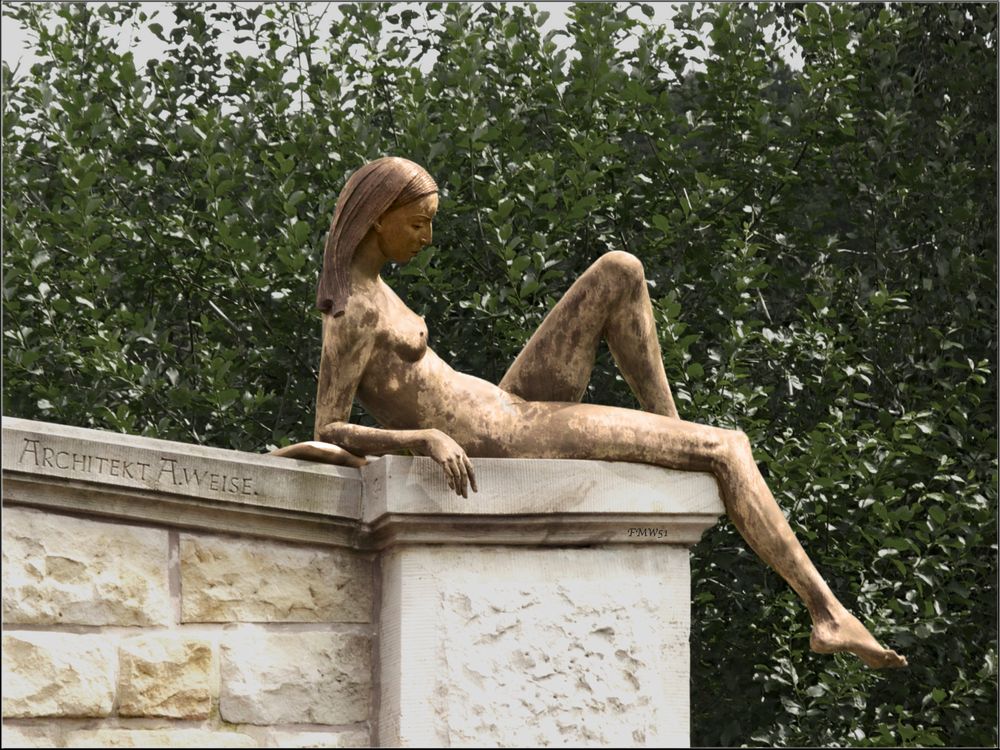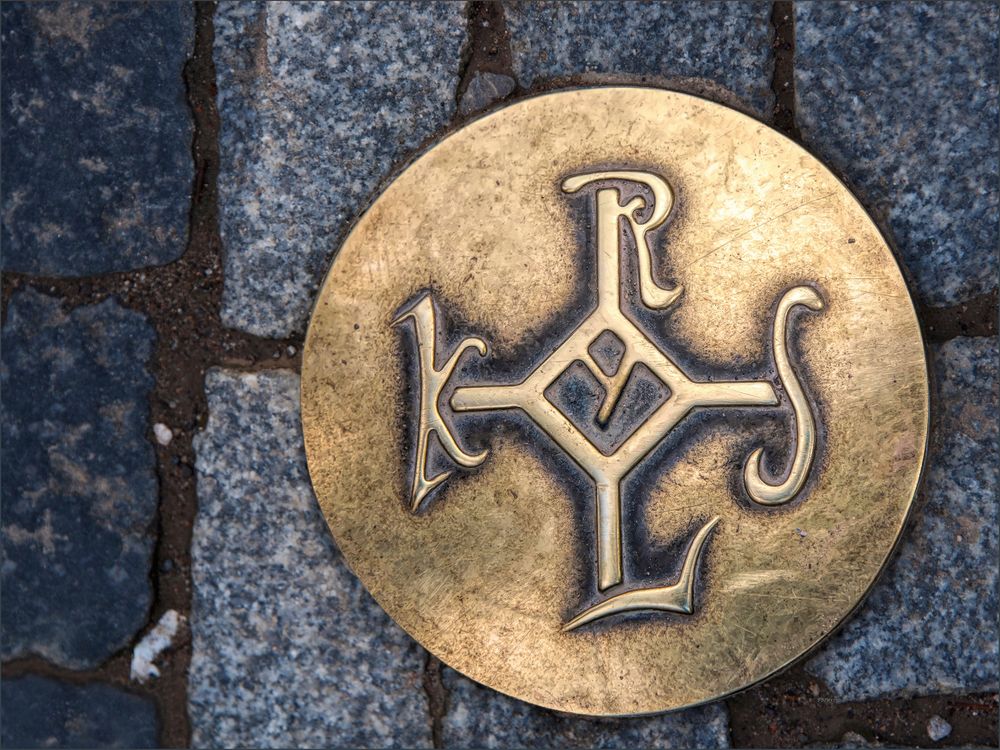-
Alben
-
 Auf dem Wasser
Auf dem Wasser
-
 Auf der Schiene
Auf der Schiene
-
 Auf der Straße
Auf der Straße
-
 In der Luft
In der Luft
-
 Blumen und Blüten
Blumen und Blüten
-
 Blumen in Vasen
Blumen in Vasen
-
 Dahlien
Dahlien
-
 Orchidee
Orchidee
-
 Heimische Tiere
Heimische Tiere
-
 Kleiber Günther
Kleiber Günther
-
 Greifvögel und Eulen
Greifvögel und Eulen
-
 Beeren und Früchte
Beeren und Früchte
-
 Dresdner Gaslaternen
Dresdner Gaslaternen
-
 Straßen und Gebäude
Straßen und Gebäude
-
 Fahrzeuge
Fahrzeuge
-
 Fotografiegeräte
Fotografiegeräte
-
 Kultur & Kunst
Kultur & Kunst
-
 Makros
Makros
-
 Menschen
Menschen
-
 Natur und Landschaft
Natur und Landschaft
-
 Stilleben
Stilleben
-
 Zoobilder
Zoobilder
-
- Kultur & Kunst
































